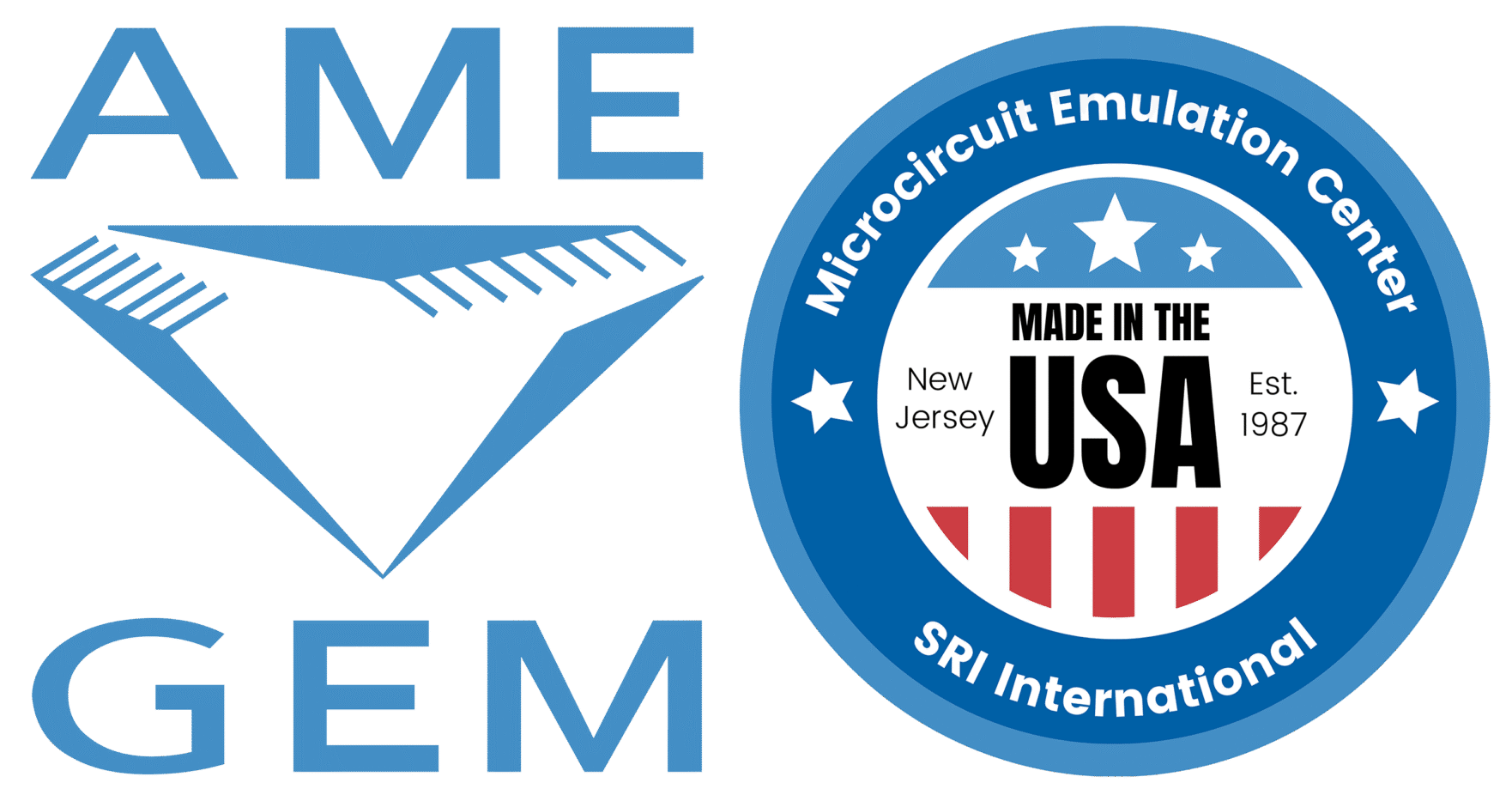About GEM
About GEM
Defense Logistics Agency (DLA), DLA Land and Maritime, and SRI International (Princeton), through the Generalized Emulation of Microcircuits (GEM) program offer a flexible technology that can be utilized during any phase of a weapon system life cycle. The program delivers a permanent solution to mitigate microcircuit obsolescence at the component level while reducing total ownership cost and maintaining readiness levels. In the late 1980s, DLA recognized that microcircuit obsolescence threatened the readiness of many American defense systems. Numerous systems in the armed forces were designed and developed in the 1960s and 1970s. For example, the U.S. Air Force began flying the F-15 Eagle tactical fighter in 1972, and the U.S. Navy first tested the Aegis phased-array radar at sea in 1973. Because of continued advancements in semiconductor technology, the original suppliers stopped manufacturing the microelectronic components used in these and other systems.
The GEM Program produces on-demand, Class Q microcircuits matching the Form- Fit- Function- Interface (F3I) criteria of the required microcircuit. DLA is developing the next generation of F3I microcircuit Emulation capability through the AME Program to further alleviate growing IC obsolescence issues caused by the continued rapid advancements in technology. The semiconductor foundry is accredited as a Department of Defense (DoD) Trusted Foundry supplier, and the manufacturing processes are qualified to MIL-PRF-38535. GEMs foundry provides a stable manufacturing source for over 30,000 part numbers. GEM microcircuits currently support more than 560 unique weapon systems including the F-15, F-22, Aegis, Phalanx, and Bradley Fighting Vehicle.
Benefits of GEM
- Made in the USA
- Over 560 Weapons Systems Supported
- Over $2 Billion Estimated Cost Avoidance
- Manufacturing Capability for Over 30,000 Part Numbers
- QML-Certified, Military Quality Manufacturing
- Lab Suitability per MIL-STD-883
- Over 1000 Parts Listed on DLA QML-38535
- Low Volume, On Demand Manufacturing
- Continuous Development and Production Transition of Emulation Technologies
- Over 170,000 Military QualifiedMicrocircuits Delivered
Once a device has been produced using GEM technology, a continuing source for the microcircuit is established from a government supported wafer foundry, allowing SRI to support requirements for the life of the system.
The GEM program provides a microcircuit capability that supports production, redesign, and sustainment requirements. GEM devices can be used interchangeably with original microcircuits without changes to system documentation or test programs.


